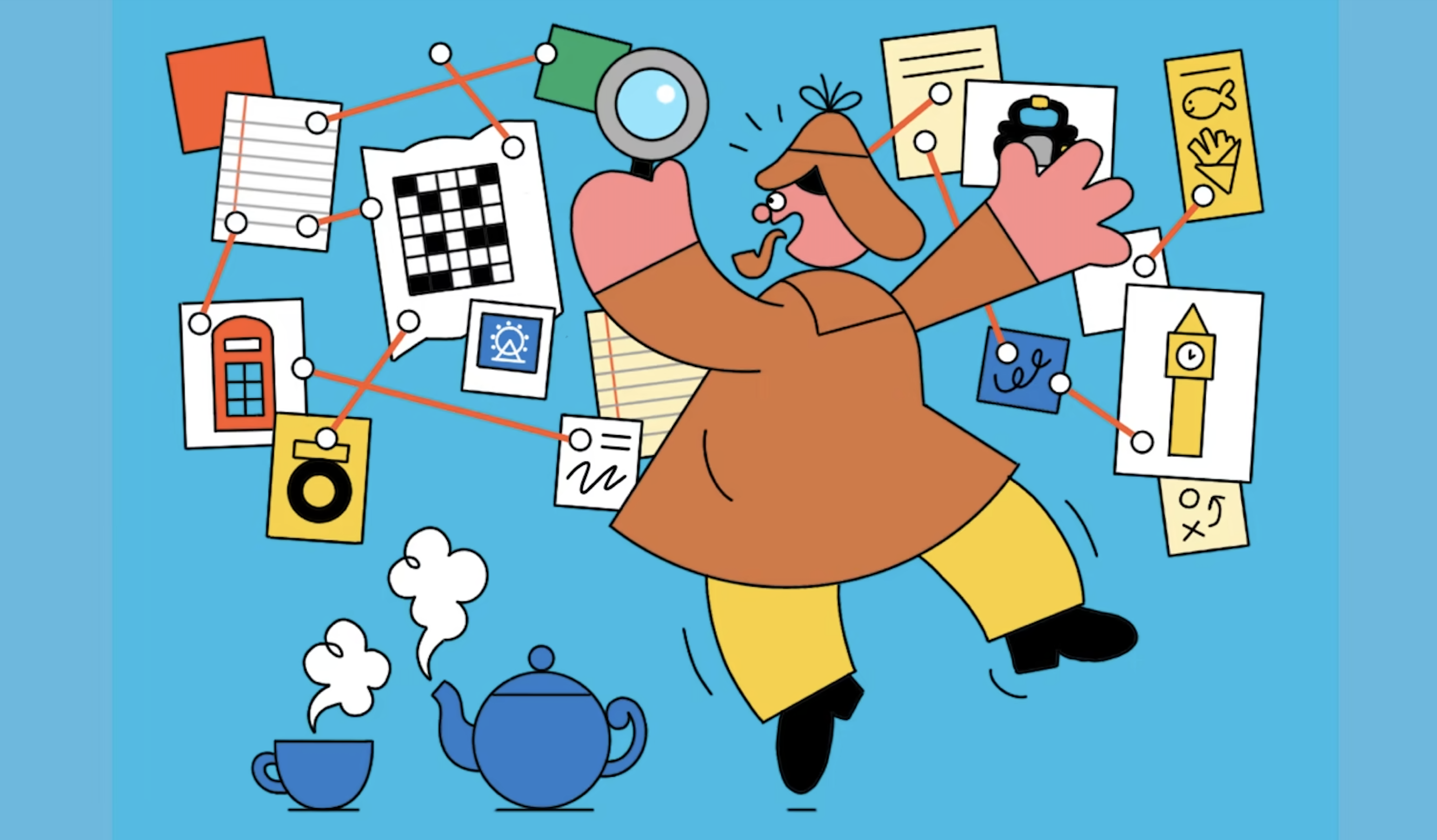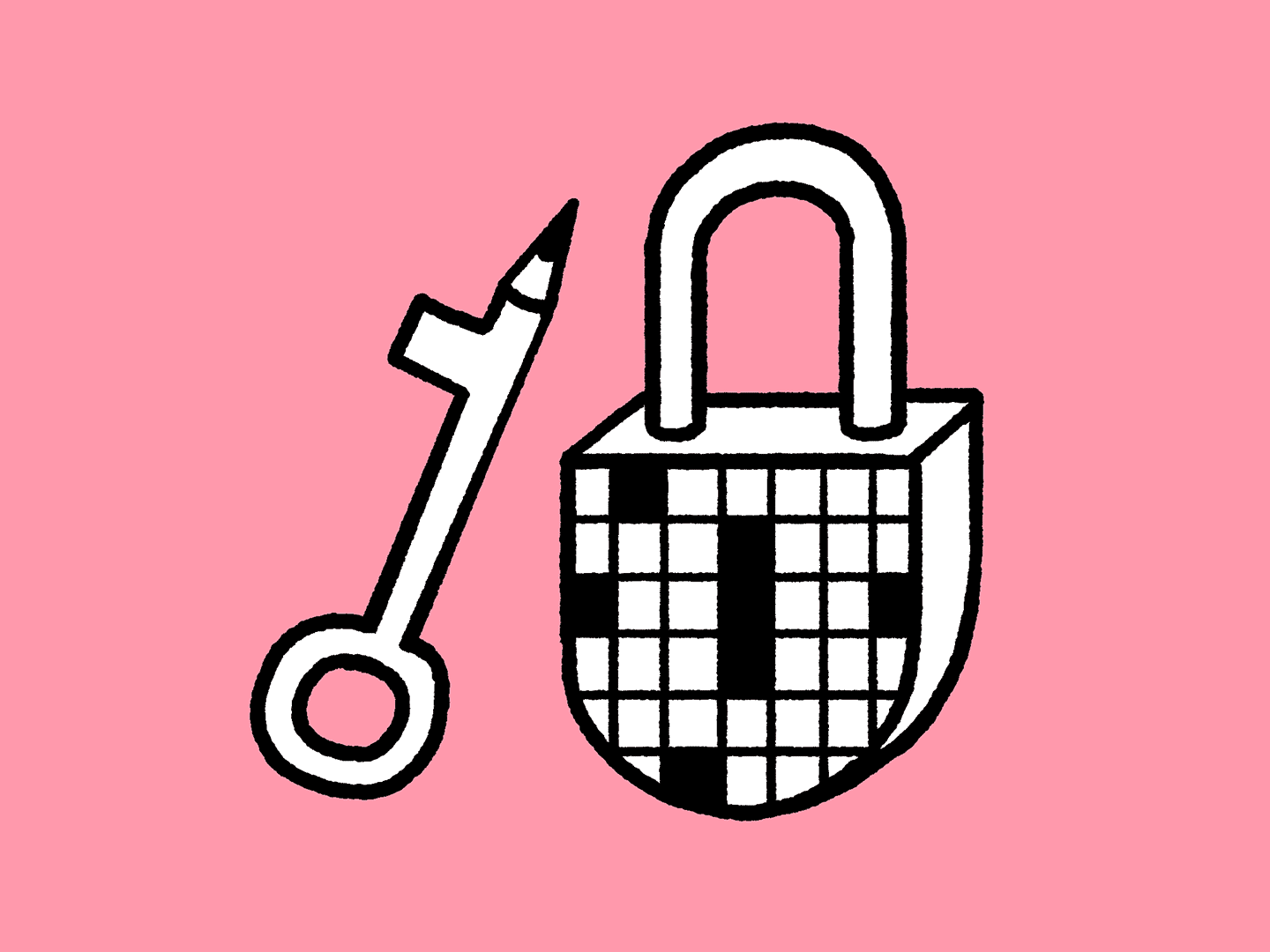When solving cryptic crosswords, look for hidden word indicators, break down clues into smaller parts, consider multiple possible meanings for each clue, and practice regularly to improve your skills.
Unraveling the Mystery: 5 Strategies for Solving Cryptic Crossword Puzzles
Cryptic crossword puzzles are a popular form of word puzzle that is known for its challenging and cryptic clues. Unlike regular crossword puzzles, cryptic crosswords require solvers to think outside the box and use wordplay, hidden meanings, anagrams, and abbreviations to decipher the clues. The grid of a cryptic crossword is typically larger than that of a regular crossword, and the clues are often more complex and require a deeper level of thinking to solve.
One of the key features of cryptic crossword puzzles is that each clue is a mini puzzle in itself, with its own unique set of rules and wordplay. For example, a clue may contain a definition of the answer, as well as wordplay that hints at how the answer is constructed. Understanding the basics of cryptic crossword puzzles is essential for anyone looking to tackle these challenging puzzles and improve their solving skills.
1. Decoding Cryptic Clues: Tips and Tricks
Decoding cryptic clues can be a daunting task for beginners, but with the right tips and tricks, anyone can improve their solving skills. One of the first things to keep in mind when tackling a cryptic crossword puzzle is to read the clue carefully and look for any indicators that may hint at the type of wordplay used. Common indicators include words like “in,” “around,” “about,” “under,” “above,” and “over,” which may suggest that the answer is hidden within or around another word.
Another useful tip for decoding cryptic clues is to look for any words that may indicate an anagram. Words like “mixed,” “jumbled,” “confused,” and “strange” are often used to signal that the letters of the answer are rearranged in some way. Additionally, abbreviations are commonly used in cryptic crossword clues, so it’s important to familiarize yourself with common abbreviations for things like states, countries, measurements, and more.
2. Utilizing Wordplay to Solve Cryptic Crossword Puzzles
Wordplay is a fundamental aspect of cryptic crossword puzzles, and understanding how to utilize wordplay is essential for solving these challenging puzzles. One of the most common forms of wordplay in cryptic crosswords is the use of homophones, which are words that sound the same but have different meanings. For example, a clue may contain a homophone indicator like “sounds like,” which suggests that the answer sounds like another word.
Another form of wordplay often used in cryptic crossword puzzles is the use of double meanings. In these clues, the answer has two different meanings that are both hinted at in the clue. For example, a clue may contain a word with two meanings, such as “bat,” which can refer to both a flying mammal and a piece of sports equipment. By recognizing and utilizing wordplay, solvers can improve their ability to decipher cryptic crossword clues and solve the puzzles more effectively.
3. Uncovering Hidden Meanings in Cryptic Crossword Clues
Hidden meanings are another common feature of cryptic crossword clues, and learning how to uncover these hidden meanings is essential for solving these challenging puzzles. One of the most common ways that hidden meanings are used in cryptic crossword clues is through the use of charades, where the clue is broken down into separate parts that, when combined, form the answer. For example, a clue may contain a word that is broken down into two separate words, each of which hints at a different part of the answer.
Another way that hidden meanings are used in cryptic crossword clues is through the use of containers, where one word is hidden within another word. For example, a clue may contain a word that suggests that the answer is hidden within another word, such as “in,” “around,” or “about.” By learning to recognize and uncover hidden meanings in cryptic crossword clues, solvers can improve their ability to solve these challenging puzzles and become more proficient at deciphering the clues.
4. Tackling Anagrams and Abbreviations in Cryptic Crossword Puzzles
Anagrams and abbreviations are commonly used in cryptic crossword puzzles, and learning how to tackle these elements is essential for improving solving skills. Anagrams are words or phrases that are formed by rearranging the letters of another word or phrase, and they are often indicated by words like “mixed,” “jumbled,” “confused,” or “strange” in the clue. By recognizing these indicators and practicing the skill of rearranging letters, solvers can become more adept at tackling anagrams in cryptic crossword puzzles.
Abbreviations are also frequently used in cryptic crossword clues, and familiarizing oneself with common abbreviations is essential for solving these puzzles. Abbreviations for things like states, countries, measurements, and more are often used in cryptic crossword clues, so it’s important to study and memorize these abbreviations to improve solving skills.
By learning to tackle anagrams and abbreviations, solvers can become more proficient at deciphering cryptic crossword clues and improve their ability to solve these challenging puzzles.
5. Developing a Systematic Approach to Solving Cryptic Crossword Puzzles
Developing a systematic approach to solving cryptic crossword puzzles is essential for improving solving skills and becoming more proficient at deciphering the clues. One of the first steps in developing a systematic approach is to read the clue carefully and look for any indicators that may hint at the type of wordplay used. By recognizing these indicators and understanding the different types of wordplay, solvers can begin to develop a systematic approach to tackling the clues.
Another important aspect of developing a systematic approach is to practice and familiarize oneself with common patterns and themes in cryptic crossword puzzles. By studying and solving a variety of puzzles, solvers can begin to recognize common patterns and themes, which can help them develop a systematic approach to solving the puzzles more effectively. Additionally, using a systematic approach to tackle anagrams and abbreviations can also improve solving skills and help solvers become more proficient at deciphering cryptic crossword clues.
6. Recognizing Common Patterns and Themes in Cryptic Crossword Puzzles
Recognizing common patterns and themes in cryptic crossword puzzles is essential for improving solving skills and becoming more proficient at deciphering the clues. One of the most common patterns in cryptic crossword puzzles is the use of charades, where the clue is broken down into separate parts that, when combined, form the answer. By recognizing this pattern and understanding how to break down the clue into its separate parts, solvers can improve their ability to decipher the clues and solve the puzzles more effectively.
Another common pattern in cryptic crossword puzzles is the use of containers, where one word is hidden within another word. By recognizing this pattern and understanding how to uncover hidden meanings, solvers can become more adept at deciphering the clues and solving the puzzles more efficiently. Additionally, recognizing common themes in cryptic crossword puzzles, such as sports, literature, history, and more, can also help solvers develop a systematic approach to solving the puzzles and improve their solving skills.
7. Leveraging Crossword Puzzle Dictionaries and References
Leveraging crossword puzzle dictionaries and references can be a valuable tool for improving solving skills and becoming more proficient at deciphering cryptic crossword clues. Crossword puzzle dictionaries contain lists of words and phrases that are commonly used in crossword puzzles, as well as definitions and explanations of common abbreviations and wordplay. By using these resources, solvers can improve their ability to decipher the clues and solve the puzzles more effectively.
In addition to crossword puzzle dictionaries, leveraging other references such as word lists, thesauruses, and encyclopedias can also be helpful for improving solving skills. These references can provide solvers with additional information and definitions that can aid in deciphering the clues and solving the puzzles more efficiently. By leveraging crossword puzzle dictionaries and other references, solvers can improve their ability to tackle cryptic crossword puzzles and become more proficient at solving these challenging puzzles.
8. Seeking Help from Online Communities and Forums for Cryptic Crossword Puzzles
Seeking help from online communities and forums for cryptic crossword puzzles can be a valuable resource for improving solving skills and becoming more proficient at deciphering the clues. Online communities and forums provide a platform for solvers to connect with others who share a passion for cryptic crossword puzzles, as well as a place to seek advice, tips, and strategies for solving the puzzles. By engaging with these communities, solvers can gain valuable insights and support that can help them improve their solving skills.
In addition to seeking help from online communities and forums, solvers can also benefit from participating in online solving groups and competitions. These groups provide a platform for solvers to practice and improve their skills, as well as an opportunity to learn from others and gain new perspectives on solving cryptic crossword puzzles. By seeking help from online communities and participating in online solving groups, solvers can improve their ability to tackle cryptic crossword puzzles and become more proficient at solving these challenging puzzles.
9. Practicing and Patience: The Key to Mastering Cryptic Crossword Puzzles
Practicing and patience are the key to mastering cryptic crossword puzzles and improving solving skills. Like any skill, solving cryptic crossword puzzles takes time and practice to develop, and it’s important to be patient and persistent in the learning process. By practicing regularly and engaging with a variety of puzzles, solvers can improve their ability to decipher the clues and become more proficient at solving these challenging puzzles.
In addition to practicing, it’s important to be patient and not get discouraged when faced with difficult clues or puzzles. Cryptic crossword puzzles can be challenging, and it’s important to approach them with a positive and patient mindset. By staying patient and persistent, solvers can improve their solving skills and become more adept at tackling cryptic crossword puzzles.
Ultimately, practicing and patience are the key to mastering cryptic crossword puzzles and becoming more proficient at solving these challenging puzzles.



Leave a Reply